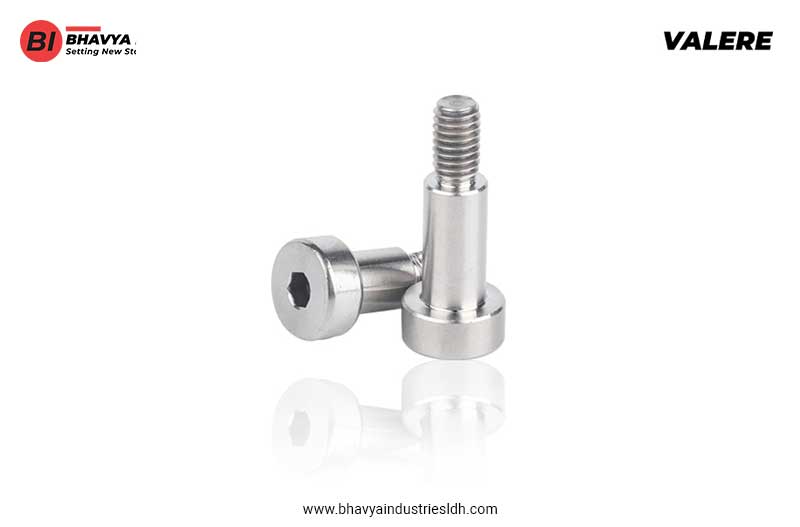Fasteners are hardware devices that bind two or more objects together. When one thinks of fasteners, it expands into a broad category.
Creating non-permanent joints requires fasteners. It is possible to dismantle them without destroying or breaking the object or fastener.
Welding is one other way to join objects. This is one of the more permanent ones that involves melting the metals at the joints.
Hinges and springs are also used to join objects together. However, they are not fasteners because they do not provide any rigid binding.
Features of Fasteners
It is necessary to consider some features when choosing the fastener to join objects. Different objects require different fastener types. They can vary in shape, dimensions, material, and ability to take the load.
Apart from that, some other features influence the choice of fastener.
Threading
The Threaded Fasteners are best used for clamping two or more pieces together. They have the sturdiest tension and do not allow the pieces to slide against each other.
Applied Torque
The torque of a fastener is proportional to the stiffness of the joint. The tensional forces on the joint will increase simultaneously with the applied torque. This creates a solid mechanical link between the objects.
Environmental Factors
The fastener used indoors are moderately different than those used in a beefy environment. For instance, the fasteners made from alloys that cannot stand high temperatures will expand and damage the metal.
The right coating
Fasteners are often covered with an additional outer coating to prevent the corrosion of the material. It is essential to pick up the appropriate coating, else it can compromise the compatibility of the fastener.
Types of Fasteners
Fasteners are a broad category of joiners. They are classified based on their applications in different industries.
Threaded fasteners
Screw, Nuts and Bolts are the types of fasteners listed in this category. The bolts are partnered with nuts. They are called threaded fasteners due to the presence of the head on one side and the thread on the other.
Washers
They are used to distribute the load dumped on the threaded fastener. It is installed between the bolt and the nut to protect the material from damage.
Rivets
Contrary to the properties of fasteners, the rivets join the objects permanently. They are commonly used to join metal sheets. They ensure that the materials are not separating any time soon.
Clevis Pins
The Clevis pin is employed with a cotton pin. They are used to hold machine components together. The clevis pin has a hole at the bottom where the cotton pin is inserted as a clip.
Advantages of Fasteners
As one of the core manufacturers of fasteners, Bhavya Industries is aware of its striking advantages.
- The installation process is easier. It can be done manually or with a robotic hand.
- It is installed as a lower-dimensional object.
- Maintenance is simple and easy.
- The physical properties of different fasteners increase their usage in a wide range of industries.
- It is suitable for a wide range of metal sheet thicknesses with a single nut type. (t=0.5-5mm)
- The size of a fastener is small, thus reducing the overall weight of the component.
Conclusion
With the number of choices available for the fastener, it is understandable to get confused between the lot.
This blog has covered all that beginners need to know about fastener. It mentioned the types, advantages, and key factors important to selecting a fastener. Nevertheless, it is recommended to consult a fastener manufacturing unit near you. You can always trust an expert opinion on the suggestions and the quality of the fastener.



